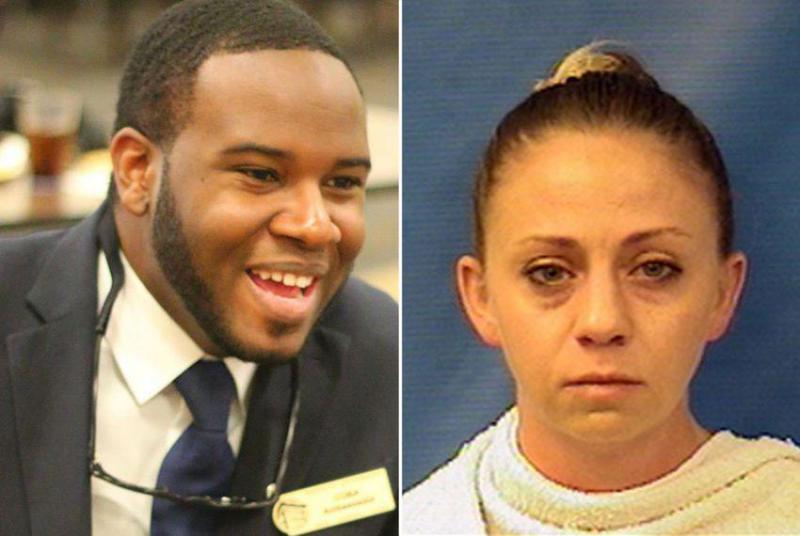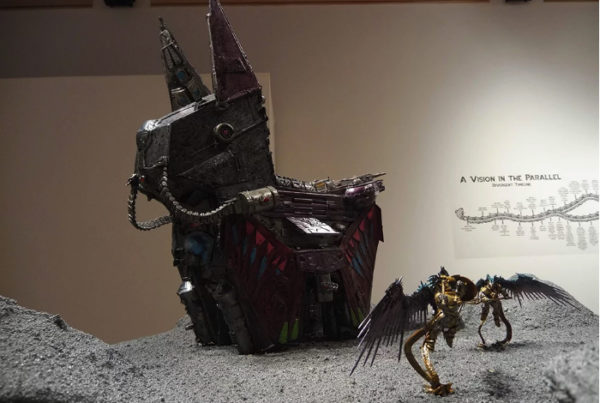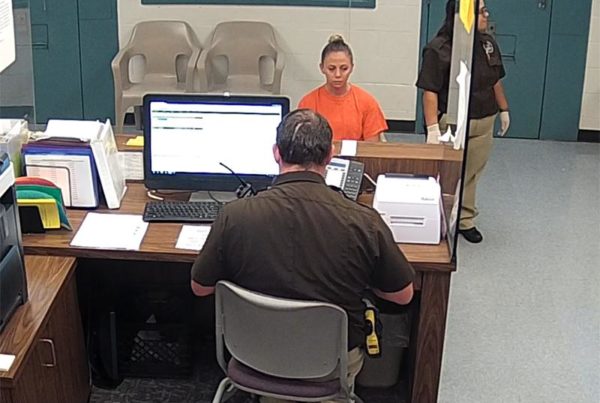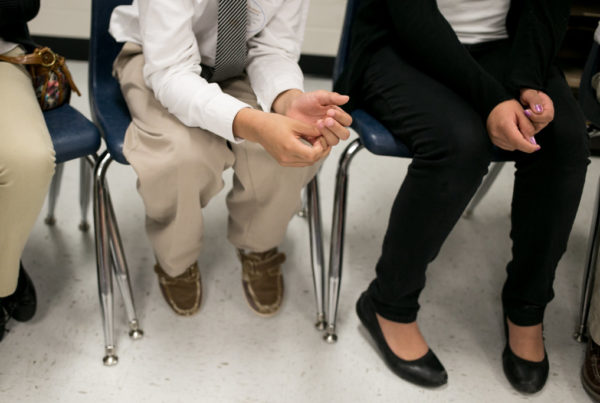On Monday, State District Court Judge Tammy Kemp allowed jurors to consider what’s called the “Castle Doctrine” in the murder trial of former Dallas police officer Amber Guyger, who shot and killed 26-year-old unarmed Botham Jean in his apartment after mistaking it for her own.
Jean lived one floor above Guyger and worked at the accounting firm PricewaterhouseCoopers. Guyger, who was fired after the 2018 shooting, had just completed a nearly 14-hour work shift.
Closing arguments were heard on Monday. The jury is expected to resume deliberations Tuesday.
What is the Castle Doctrine?
The Castle Doctrine is a term used to refer to Senate Bill 378, passed in 2007, that says if you’re in your “castle” — home, car or business — any deadly force used is presumed to be reasonable.
The jury has to interpret any force used as reasonable unless the state proves it otherwise beyond a reasonable doubt, said Pete Schulte, a Dallas-based lawyer.
According to Schulte and Fort Worth law firm Barnett Howard & Williams, a person can claim self-defense if:
- They believed someone was on their property illegally.
- They reasonably believed the deadly force was immediately necessary.
- They did not provoke the person against which the deadly force was used.
- They weren’t engaged in criminal activity (other than a minor traffic offense) at the time the deadly force was used.
What does this mean for the Guyger case?
Schulte said the doctrine makes it even more challenging for the state to get a guilty conviction in this case.
The doctrine is further complicated in this case because Guyger was operating under what’s considered a mistake of fact. She said she thought she was in her own apartment when she was actually in Botham Jean’s apartment, and that “fact” carries through into her self defense argument.
If Guyger has a reasonable belief that she was in her own apartment then the doctrine applies, Schulte said. The state has to disprove that she thought she was in her apartment, he said.
Prosecutor Jason Hermus said Guyger missed several cues that she was on the wrong floor. He pointed to the fact that on the night Guyger killed Jean she walked along two long hallways past 16 different apartments. She stopped in front of the apartment she believed was her own but failed to notice the bright red doormat under her feet. Her apartment, exactly one floor below, didn’t have a doormat, Hermus said.
Schulte said the state has to overcome three elements of her defense — the mistake of fact, Castle Doctrine and reasonable doubt.
But Changa Higgins, a community activist and leader of the Dallas Community Police Oversight Coalition, said many black residents are expecting “conviction and time” for Guyger in what they consider to be another case of a white officer killing an unarmed person of color. Higgins said there’s already a lot of frustration and anger in the community.
“A lot of people have no hope. We’ve seen this throughout our lives,” he said. “And when we have no justice, we’ve seen the result. It could lead to protests, uprisings and riots.”
What’s the chance the Castle Doctrine is key to the jury’s deliberations?
There’s no way to confirm how often this defense is used or works, according to Shannon Edmonds, director of governmental relations for the Texas District and County Attorneys Association.
“Not only is ‘the castle doctrine’ an ambiguous term — lawyers disagree about what that term does and does not include — but no one tracks the content of jury charges in Texas,” he said in an email.
And there’s no apparent precedent regarding the Castle Doctrine and a mistake of fact. The Guyger case could set it, Schulte said.
Tasha Tsiaperas, Bradley Blackburn and Rebecca Lopez of WFAA-TV contributed to this story.

















